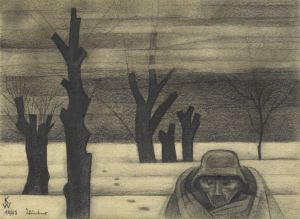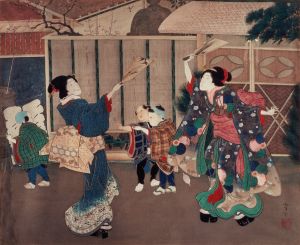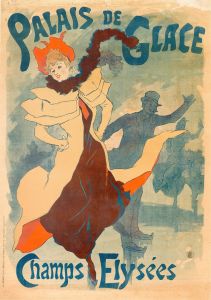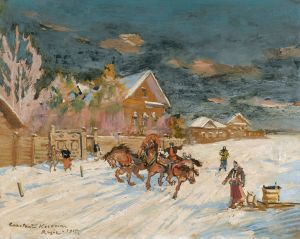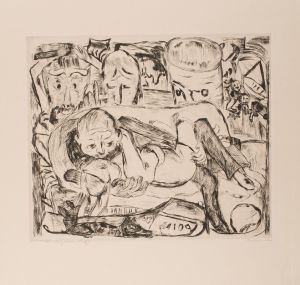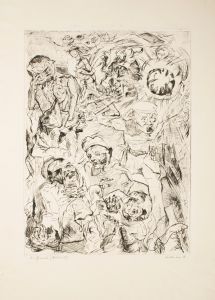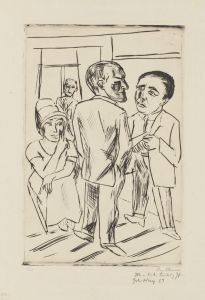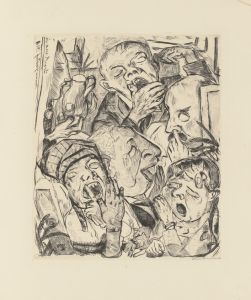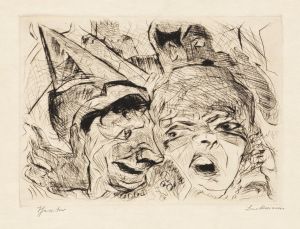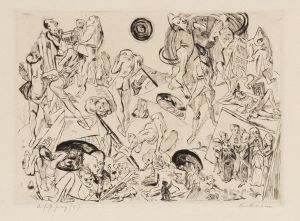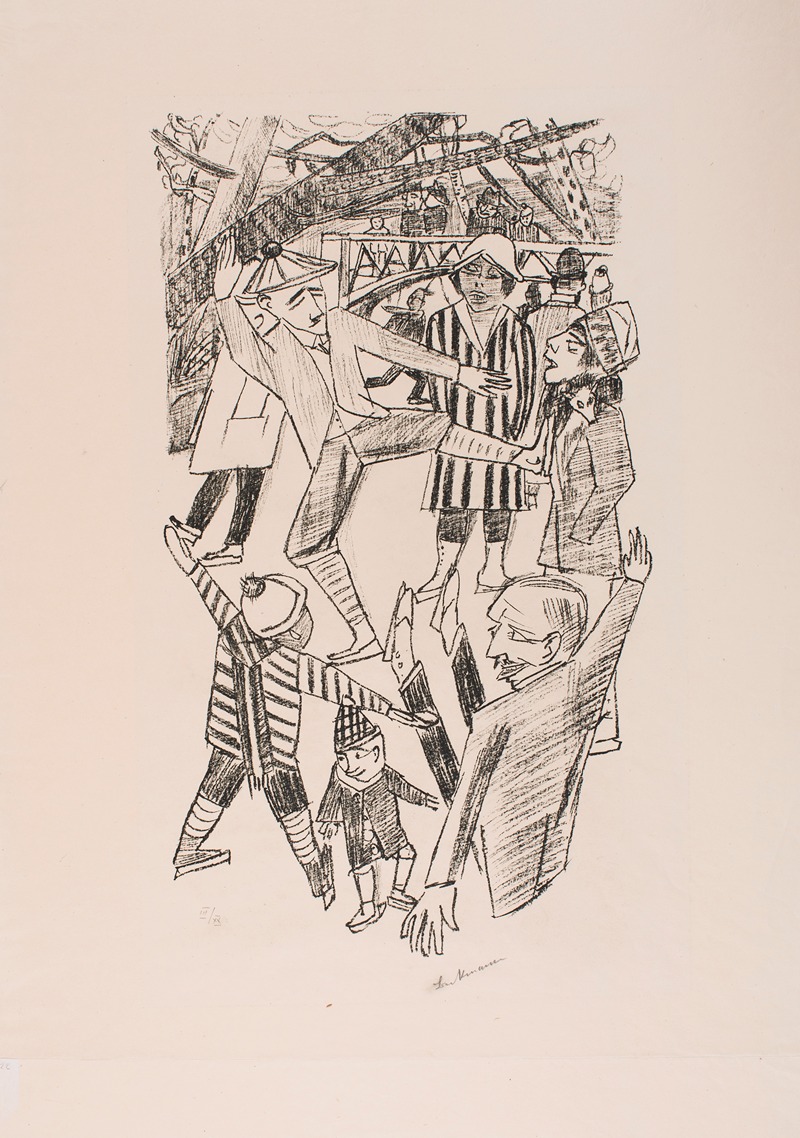
Ice Skating
A hand-painted replica of Max Beckmann’s masterpiece Ice Skating, meticulously crafted by professional artists to capture the true essence of the original. Each piece is created with museum-quality canvas and rare mineral pigments, carefully painted by experienced artists with delicate brushstrokes and rich, layered colors to perfectly recreate the texture of the original artwork. Unlike machine-printed reproductions, this hand-painted version brings the painting to life, infused with the artist’s emotions and skill in every stroke. Whether for personal collection or home decoration, it instantly elevates the artistic atmosphere of any space.
Max Beckmann's "Ice Skating" is a notable work by the German painter, who is recognized for his contributions to the New Objectivity movement in art. Beckmann, born in 1884 in Leipzig, Germany, is celebrated for his distinctive style that often combines elements of expressionism with a more realistic portrayal of subjects, reflecting the complexities of the human condition and the tumultuous times in which he lived.
"Ice Skating" was created during a period when Beckmann was exploring themes of leisure and social interaction, often set against the backdrop of the Weimar Republic's vibrant yet volatile society. This painting captures a scene of individuals engaged in the popular winter pastime of ice skating, a subject that allowed Beckmann to explore movement, form, and the interplay of figures within a dynamic space.
The composition of "Ice Skating" is characteristic of Beckmann's work, featuring bold outlines and a rich, somewhat somber color palette. His use of line and color serves to emphasize the physicality and motion of the skaters, while also conveying a sense of the underlying tension and complexity of human relationships. Beckmann's figures are often depicted with a certain degree of distortion, a technique he employed to express emotional depth and psychological insight.
Beckmann's choice of subject matter in "Ice Skating" reflects his interest in the social activities of his time, as well as his broader artistic goals of capturing the essence of human experience. The painting can be seen as a microcosm of society, where individuals come together in a shared activity, yet each person remains distinct, with their own stories and emotions.
Throughout his career, Beckmann's work was influenced by the historical and political upheavals of the early 20th century, including World War I and the rise of the Nazi regime. His art often reflects a sense of dislocation and existential inquiry, themes that resonate in "Ice Skating" through its depiction of fleeting moments of joy amidst a backdrop of uncertainty.
Max Beckmann's legacy as an artist is marked by his ability to convey the complexities of modern life through his unique visual language. "Ice Skating" stands as an example of his skill in capturing both the beauty and the underlying tensions of everyday scenes. Today, Beckmann's works are held in high regard, with "Ice Skating" contributing to his reputation as a master of modern art who deftly navigated the line between realism and expressionism.
While specific details about the provenance and current location of "Ice Skating" may not be widely documented, Beckmann's paintings are featured in numerous prestigious collections worldwide, including those of major museums and galleries dedicated to modern art. His influence continues to be felt in the art world, as his works inspire both appreciation and scholarly study.







